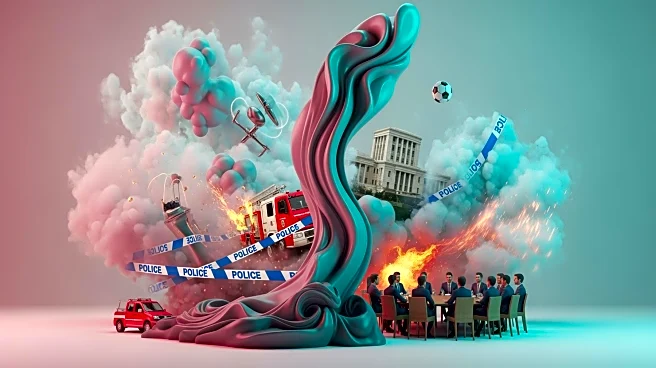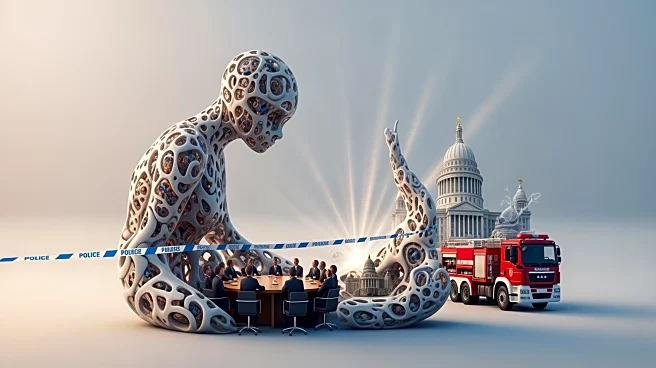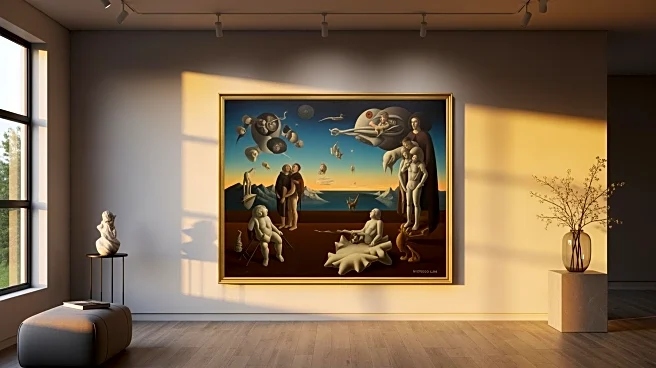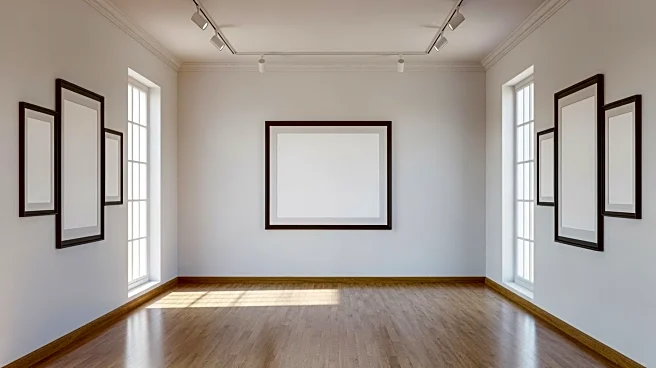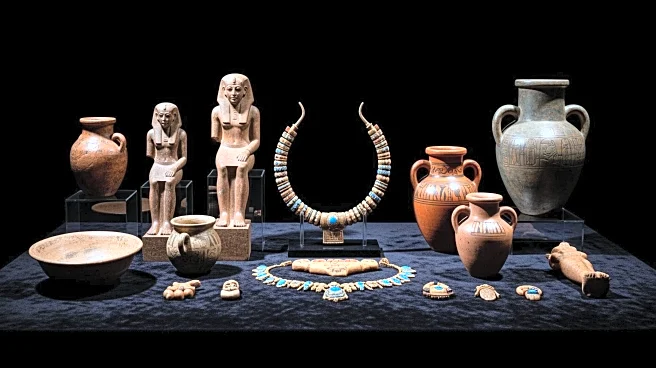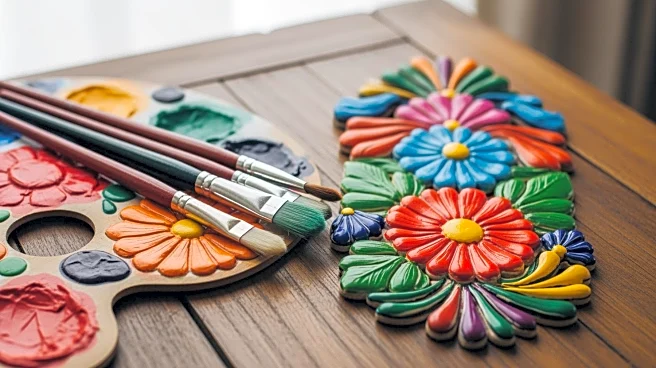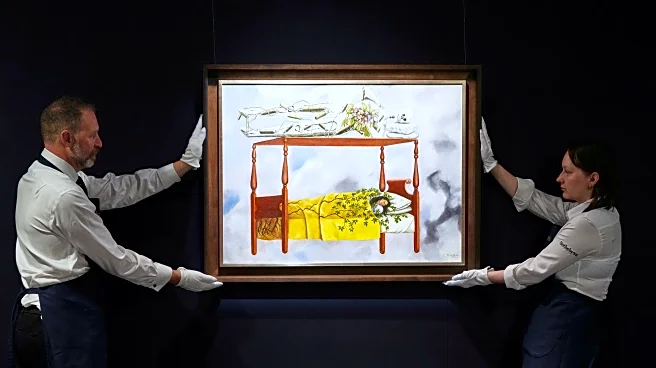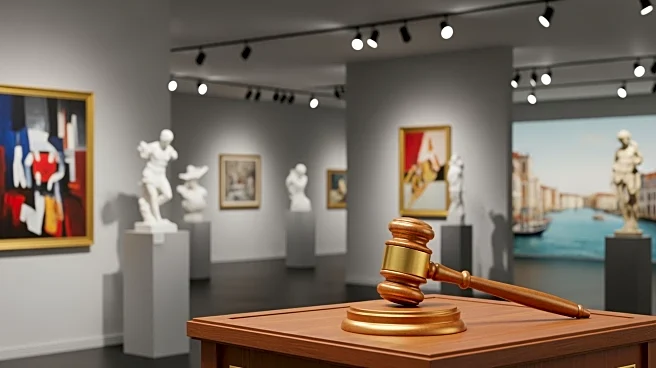What's Happening?
The Museum of Modern Art (MoMA) in New York is hosting a retrospective of Wifredo Lam, a prominent yet often misunderstood Surrealist artist. The exhibition features Lam's masterpiece, Grande Composition
(1949), alongside other significant works that explore themes of decolonization and Afro-Cuban heritage. Lam's art, characterized by its surreal and hybrid forms, challenges traditional narratives by incorporating elements of Afro-Caribbean culture. The retrospective aims to shed light on Lam's contributions to Surrealism and his efforts to reclaim Black cultural objects within their own context.
Why It's Important?
The MoMA retrospective is crucial in re-evaluating Wifredo Lam's legacy, highlighting his role in the Surrealist movement and his unique perspective as an Afro-Cuban artist. By emphasizing Lam's cultural heritage, the exhibition addresses historical oversights and offers a more comprehensive understanding of his work. This recognition contributes to broader discussions about diversity and representation in art, encouraging institutions to acknowledge and celebrate artists from marginalized backgrounds. Lam's art serves as a powerful reminder of the importance of cultural identity in shaping artistic expression.
What's Next?
The retrospective may inspire further scholarly research and exhibitions focused on Lam's work, potentially leading to increased visibility and appreciation of his contributions to art history. As audiences engage with Lam's art, there may be renewed interest in exploring the intersections of culture, identity, and artistic innovation. The exhibition could also influence contemporary artists, encouraging them to incorporate diverse cultural narratives into their work.
Beyond the Headlines
Lam's art challenges viewers to reconsider the boundaries between cultural traditions and artistic movements, offering a nuanced perspective on the role of art in decolonization. His work invites reflection on the complexities of identity and the power of art to transcend cultural barriers. The retrospective underscores the enduring relevance of Lam's vision, highlighting the transformative potential of art in fostering understanding and dialogue.


